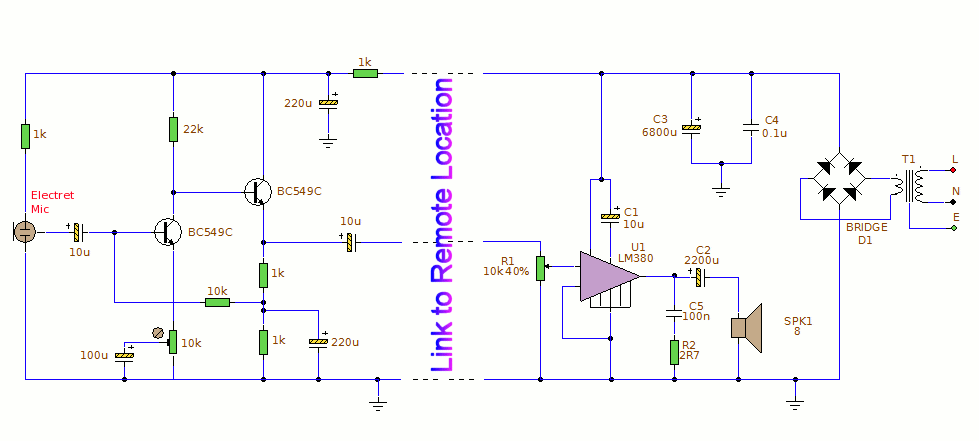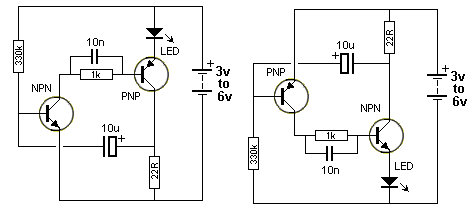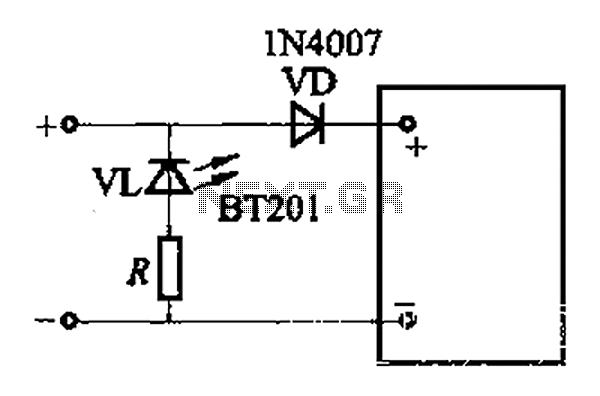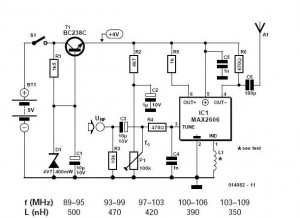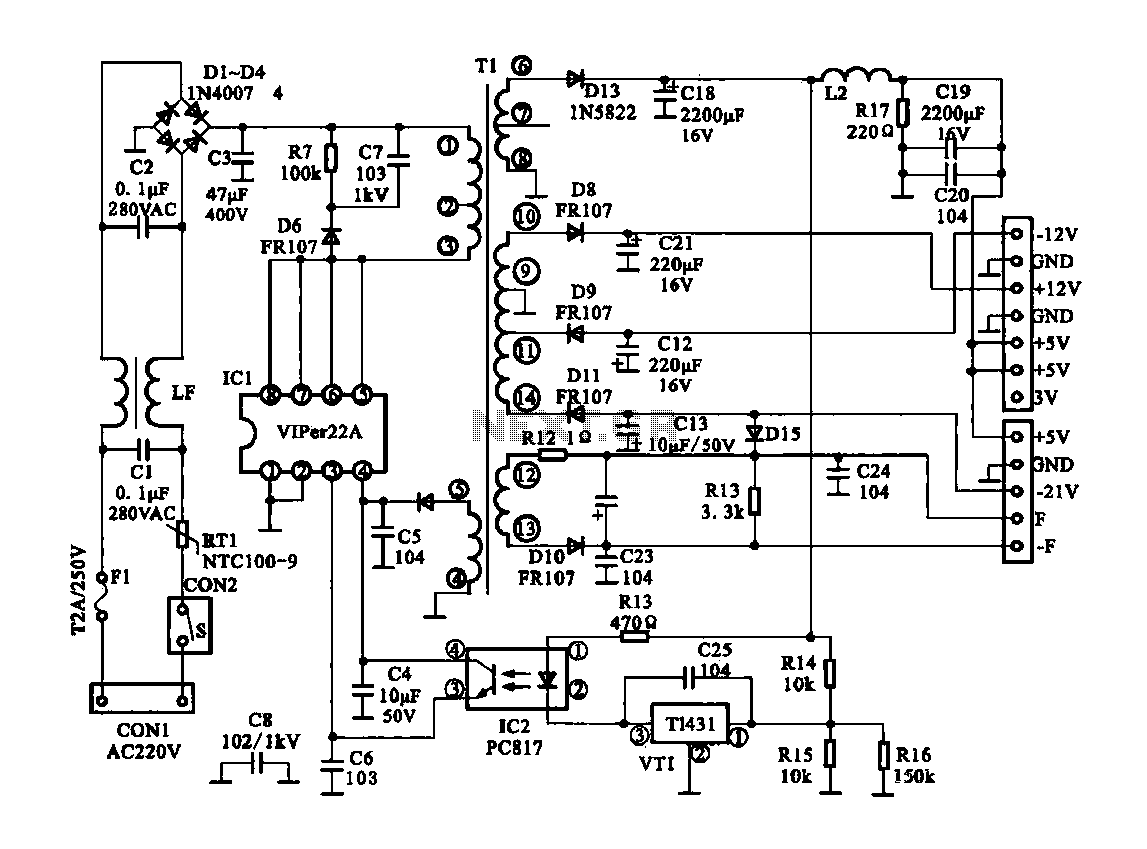
Heartbeat Monitor Circuit with LED and Photocell

The finger, positioned within a light screen, is situated between a high-intensity LED emitter and a photocell. It generates a heartbeat signal that, when appropriately amplified, serves as the input for a PIC16F84 microcontroller. The microcontroller drives three common cathode seven-segment displays to present the heart rate.
The circuit design incorporates a light screen formed by an LED emitter and a photocell, which are aligned to create a detection zone. When a finger enters this zone, it interrupts the light path, causing variations in the light intensity detected by the photocell. The photocell converts these light intensity changes into an electrical signal, which corresponds to the heartbeat.
The output signal from the photocell is typically weak and may require amplification for effective processing. An operational amplifier (op-amp) can be utilized to boost the signal strength. The amplified signal is then fed into the analog input of the PIC16F84 microcontroller. The microcontroller is programmed to interpret the incoming signal, filtering out noise and identifying the peaks corresponding to each heartbeat.
Once the heartbeat signal is processed, the microcontroller calculates the heart rate, usually expressed in beats per minute (BPM). This calculated value is then sent to three common cathode seven-segment displays. Each display is controlled by the microcontroller, which manages the multiplexing necessary to show the heart rate in a clear and readable format.
For optimal performance, the circuit may include additional components such as resistors for current limiting, capacitors for signal smoothing, and possibly a diode for reverse polarity protection. The layout of the circuit should ensure minimal interference and maintain the integrity of the signal from the photocell to the microcontroller. Proper grounding and power supply decoupling are also essential to enhance the reliability of the heart rate monitoring system.the finger, inside a light screen, between an high intensity led emitter and a photocell, provides the heartbeat signal, which, suitably amplified, is used as input for a microcontroller PIC16F84. Three 7 segments common cathode displays, drived by the PIC, show the heart rate. 🔗 External reference
The circuit design incorporates a light screen formed by an LED emitter and a photocell, which are aligned to create a detection zone. When a finger enters this zone, it interrupts the light path, causing variations in the light intensity detected by the photocell. The photocell converts these light intensity changes into an electrical signal, which corresponds to the heartbeat.
The output signal from the photocell is typically weak and may require amplification for effective processing. An operational amplifier (op-amp) can be utilized to boost the signal strength. The amplified signal is then fed into the analog input of the PIC16F84 microcontroller. The microcontroller is programmed to interpret the incoming signal, filtering out noise and identifying the peaks corresponding to each heartbeat.
Once the heartbeat signal is processed, the microcontroller calculates the heart rate, usually expressed in beats per minute (BPM). This calculated value is then sent to three common cathode seven-segment displays. Each display is controlled by the microcontroller, which manages the multiplexing necessary to show the heart rate in a clear and readable format.
For optimal performance, the circuit may include additional components such as resistors for current limiting, capacitors for signal smoothing, and possibly a diode for reverse polarity protection. The layout of the circuit should ensure minimal interference and maintain the integrity of the signal from the photocell to the microcontroller. Proper grounding and power supply decoupling are also essential to enhance the reliability of the heart rate monitoring system.the finger, inside a light screen, between an high intensity led emitter and a photocell, provides the heartbeat signal, which, suitably amplified, is used as input for a microcontroller PIC16F84. Three 7 segments common cathode displays, drived by the PIC, show the heart rate. 🔗 External reference
